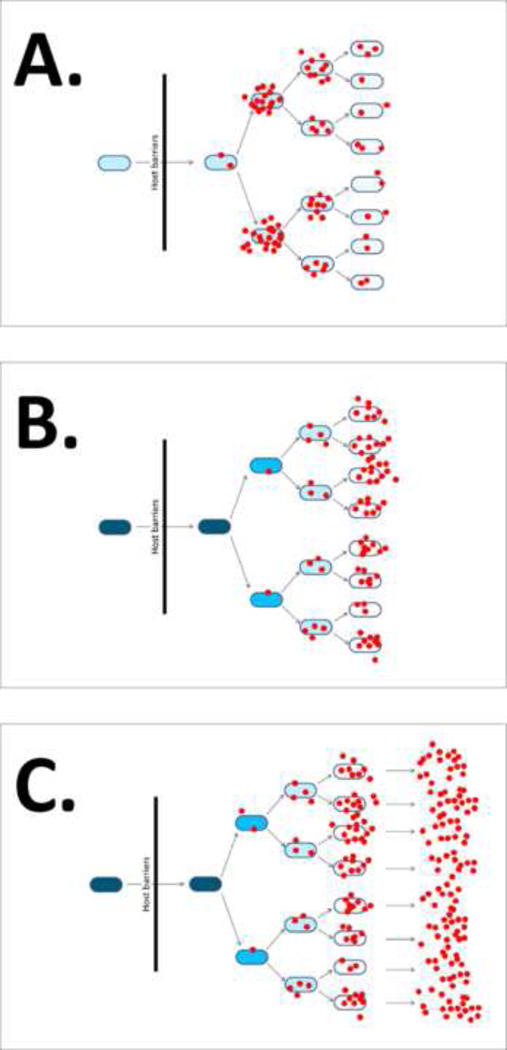Figure 2. Strategies for developing safe and immunogenic carrier vaccines.
Candidate live vaccines are depicted as elongated circles, and the degree of attenuation is represented by shades of blue in which deep shades represent non-attenuated strains with shades becoming paler with increasing attenuation. Production of foreign antigen is depicted as red dots. Immunization is represented as a black arrow extending across a vertical black line labeled “host barriers”. Panel A depicts conventional strategies in which an attenuated strain is engineered for tightly regulated expression of genes encoding foreign antigens after reaching inductive sites within the host, resulting in a burst of antigen synthesis and an increase in attenuation of the carrier vaccine. Panel B depicts the combined strategies of Regulated Delayed Attenuation Phenotype (RDAP) and Regulated Delayed Antigen Synthesis (RDAS). Fully invasive carrier vaccines are used for immunization, which undergo limited replication and become increasingly attenuated with each round of replication (RDAP). As replication proceeds and attenuation increases, synthesis of foreign antigen also begins to increase as vaccine organisms reach lymphoid inductive sites (RDAS). Progression of both attenuation and antigen synthesis is inextricably linked in vivo to depletion of intracellular levels of arabinose as limited replication proceeds (see text for further details). Panel C depicts the combined strategies of RDAP and regulated delayed lysis to improve delivery of foreign antigens (or DNA vaccines) to immune inductive sites. As replication proceeds and attenuation increases (RDAP), regulated induction of foreign antigen synthesis begins, accompanied by complete lysis and release of cytoplasmic contents into antigen presenting cells as vaccine organisms reach lymphoid inductive sites (see text for more details).

